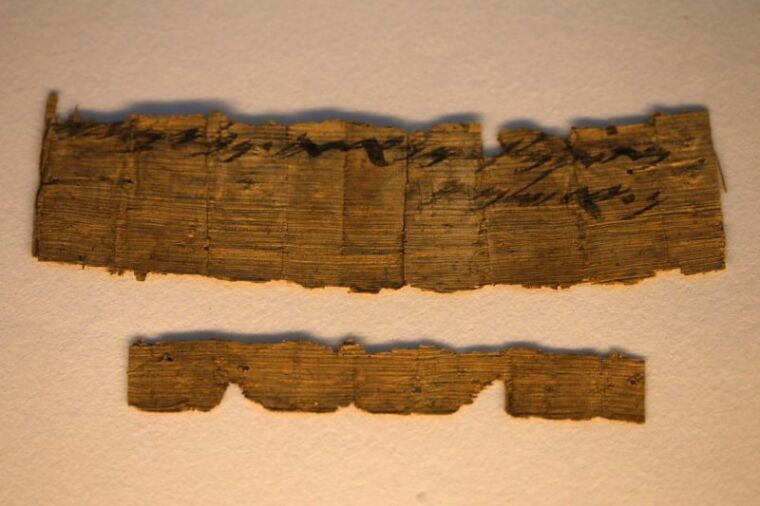FAKE? Already some suggest Jerusalem papyrus is forgery

JERUSALEM (Christian Examiner) – Almost as quickly as some archaeologists hailed the discovery of a 2,700-year-old papyrus fragment bearing the name of Jerusalem in ancient Hebrew as one of the most significant finds in decades, others rejected the document as a forgery – and without even examining it.
The Times of Israel announced the existence of the papyrus last week after authorities discovered it in a raid on a black market antiquities operation. It was handed over to researchers who believed they had something very special.
There are some palaeographic and orthographic anomalies and inconsistencies in this papyrus inscription that are concerning and may suggest that it is modern, not ancient.
Radio carbon dating placed the manuscript in the 7th century B.C., not long after the first Jewish Temple was constructed. The fragment predates the oldest Dead Sea Scrolls by centuries.
At 4.3 by 1 inch, the fragment bore a simple inscription on it: "From the female servant of the king, from Naharata, two wineskins to Jerusalem." The spelling of Jerusalem – different from the modern spelling – also matched that of ancient sources, according to biblical scholar Shmuel Ahituv.
Now, however, others have thrown a heavy dose of cold water on the discovery, even though the Israel Antiquities Authority insists it is real.
Aren Maier, an archaeology professor at Bar-Ilan University, told Haaretz that the radio carbon dating of the papyrus doesn't prove it is authentic, primarily because forgers have used the "platform" before. That is, they have used newer ink on ancient papyrus or vellum (lamb's skin).
"How do we know it isn't a forgery intended for the antiquities market?" Maier asked. "It's very possible that only the papyrus itself is ancient."
Professor Christopher Rollston, who specializes in paleo-Hebrew at George Washington University, has also said he believes the papyrus is suspect.
"Ancient papyrus is readily available for purchase online," he wrote on his blog. "No modern forger worth his or her salt would forge an inscription on modern papyrus."
Maier and Rollston both have yet to examine the papyrus, but Rollston claimed he knew of the existence of the papyrus several years ago, when it was said to be floating around on the antiquities market.
"I saw some good images of it a few years ago in Jerusalem," Rollston wrote. "There are some palaeographic and orthographic anomalies and inconsistencies in this papyrus inscription that are concerning and may suggest that it is modern, not ancient."
Still, Ahituv isn't budging. He is a professor at Hebrew University in Jerusalem and has claimed that a forger would likely have tried to make the papyrus as sensational as possible.
"If I were a forger, I'd choose a more impressive text," Ahituv said.
According to Haaretz, Amir Ganor of Israel's Antiquities Authority, also is sure the papyrus is authentic and the earliest reference to Jerusalem outside of the Old Testament.
Ironically, the world accepted with little question an ancient Greek text which claimed to mention Jesus's wife. That text, only after years of analysis and detective work by a journalist, was declared a forgery.